Home » Home Decor » The 6 principles of interior design – How to work them in a Pakistani home
Have you ever walked into a room and thought it to be astonishingly well-designed? Well if you have, then you should know that its developer has probably used several principles of interior design to work this magic!
These rules go beyond the simple act of selecting colour combinations, stylish furniture, and decorative accessories. It takes conceptual knowledge into account to bring ‘aesthetic cohesion’ to a space. So that nothing, in short, seems out of place.
Professional interior designers in Pakistan go through rigorous training before being allowed to set up shop. So booking a consultation with one can be a wise first step towards beautifying your home. But even if you don’t, it is still possible to get a well-designed home.
You can make this happen by learning common interior decor principles yourself – and then making applications.
Basic principles of interior design
As alluded to above, you can avoid a lot of hassle by hiring one of the reputable interior decorators in Pakistan. But you will enjoy learning the basic principles of interior design to manage home décor on your own from time to time.
In the following write-up, you will read about the following:
- Why interior design is important?
- Basic interior design principles
- Why learn basics of home decor?
- Interior decorators in Pakistan
Keep on reading and by the end of this article, you will be more equipped for decorating your own home.
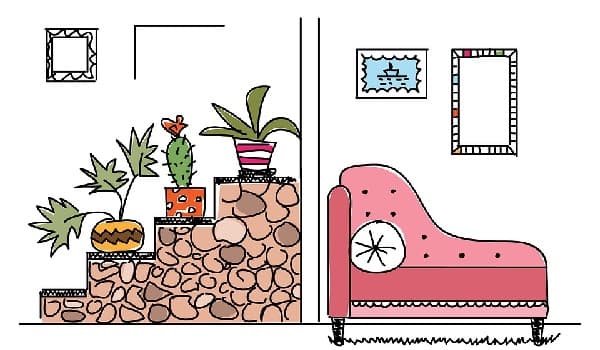
Importance of interior design
If you are reading this, then you are not oblivious to its importance. This is why we are talking about the significance in terms of proper application.
The answer to why proper interior design is important lies in the principles itself, which we are going to discuss in detail.
Professional interior designers in Pakistan (or anywhere in the world for that matter) strive for certain goals. It is not about selecting good furniture from home décor shops in Pakistan, arranging it well, decorating the walls, etc. This is only what we perceive from the final look.
A keen eye, however, will be able to identify the science behind how a designer integrates each item into a room. One can buy the best decorative accessories, but only a well-decorated room presents a wholesome picture. And to design in this manner, one must become familiar with the conceptual importance.
The six interior designing principles
The subject of decorating a home is quite vast. But the following six principles for home décor are essential learning points:
1. Balance
Balance in a room’s decor elements maintains the equilibrium. When someone enters a room, you don’t want their brain to suffer through a roller-coaster ride. If the decor lacks balance, this is exactly what is going to happen.
It is important to remember that balance is not only for one source. For example, you must balance colours, textures, and patterns besides shapes.
But how to achieve this balance?
There are three ways to achieve balance in a room:
- Symmetrical
Some homeowners prefer more organisation with their decorating goals. In this case, symmetrical balance is what they need.
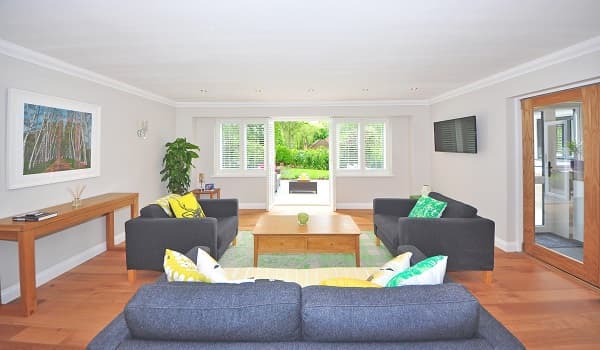
As the name suggests, you will split the room into two sides that mirror each other. Consider a living room with a couch and an accent chair on both sides of the room facing each other.
For beginners, it is easy to achieve this kind of balance due to the repetition factor. But one must be careful because this can also induce monotony.
Besides an organised ambience, symmetrical balance works best for traditionally decorated living spaces.
- Asymmetrical
This is the opposite of the symmetrical balance. If you are not too enthusiastic about organisation, you will enjoy this kind of designing.
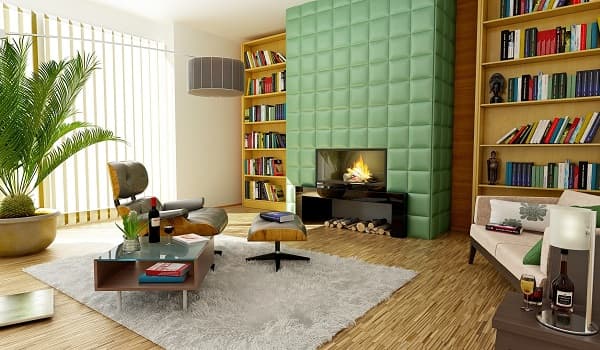
Yet, an asymmetrical balance does not mean a complete lack of organisation. It only lacks the exact duplication method.
The décor expert will integrate the various decorative elements in a complex manner. Contrary to symmetrical balance, this is more applicable to informal living spaces.
- Radial
Radial balance is about identifying a central focal point in the room, and then decorate around it. One may make use of the repetition factor here too.
A good example is a round centre table in a living room, and the rest of the decor radiating from this point.
2. Scale and proportion
Many people don’t get the concept of scale and proportion; often confusing both with each other. This confusion may arise from the fact that both concepts relate to the size of the objects in a room.
If we were to simplify both concepts, then proportion is the ratio of one object’s size to another’s. Meanwhile, the scale is the size of one object in relation to another’s or that of its surrounding space.
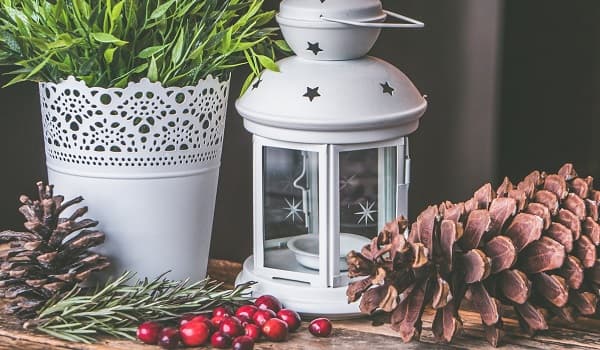
For example, you will choose proportionate centre table, sofas, and accent chairs for your living room.
You will avoid placing a large dining table in a small dining room. This is measuring the scale.
It is easier to work with scale, but identifying proportional relationships may be trickier for beginners. With practice, you can master this concept. But to begin, you can take help from the following Greek-inspired formula: the Golden Section.
This rule states that proportion of smaller section to larger one is equal to that of larger one to entire section. This proportional relationship is also evident in nature. Different artists, including architects, make use of it.
3. Emphasis
Emphasis is what we know as the focal point in a room. The goal is to particularly attract the viewer’s eye, hence, emphasising that point.
Now, when we say focal point, it does not have to be one room section. For example, an accent wall or decorative corner is not the only way to emphasise.
Several decor elements are at one’s disposal to emphasise. A designer may use a monotone colour theme, light, negative space, etc. to integrate this principle.
4. Rhythm
Rhythm refers to the arrangement of different decorative accessories in a room. Like balance, there are three methods for achieving this principle:
- Repetition
It is easy to understand and apply too. The designer will repeat the same size, colour, shape, or any other element throughout a room.
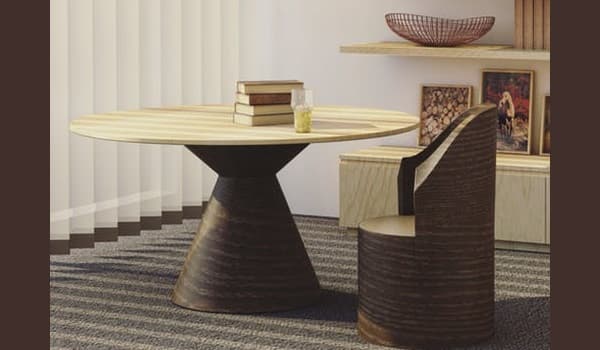
Of course, one must keep in the mind the principle of balance discussed previously to maintain a pleasing cohesion.
- Progression
Progression is an interesting tool for designers to add rhythm. One may take a certain element (say colour, shape, or even light), and decrease or increase it in a certain direction. The result is an aesthetic progression.
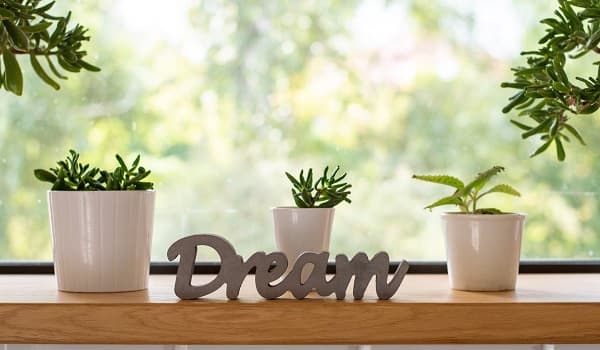
This type of technique is convenient for helping the viewer’s eye move around a room with ease.
- Alteration
Alteration is the technique of integrating two or more decor elements in an alternative manner. An easy example to show this type of rhythm is with patterns. Consider a line pattern; used vertically in one room section, and horizontally in another.
5. Unity and variety
Unity adds flow to a room’s decor. Like the technique of progression, it ensures that the viewer’s eye moves smoothly from one point to another. On the other hand, variety prevents monotony in this flow.
For example, for variety, a designer may add different textures, patterns, and colours to a room. But they must complement each other to offer a unified ambience.
6. Harmony
Harmony is the resulting principle of all the others discussed above. It is where your decorating efforts come to a rest. All the techniques you may have used should come together in a harmonious manner.
Once you look at the final picture of your room, the different decorative items must come across as complementing each other. The final look should excite the eye (you want to look at the room; you want to be in that room). But at the same time, every item must feel connected, hence, the idea of a restful ambience.
Why learn basics of home decor?
Anyone can visit one of the home décor shops in Pakistan, buy a few decorative articles, and arrange them at home. Due to availability of home décor websites in Pakistan, this has become even easier. The results are not often half bad.
But the lack of concept will show. One section might look unified, but the other will not. One principle will work out, others will lack. The disruption makes it unpleasant.
So, learning home decor 101 is recommendable. And it is the best way to make the most out of your time and money spent on buying home décor accessories.
Interior decorators in a Pakistan
Pakistan is home to reputable firms, as well as notable names in this field. The companies often employ the expertise of renowned artists.
Decorating your own home does not mean you can’t hire a home decor company or expert. They can provide assistive services for your projects; enhancing the expected results.
The benefit of hiring a professional
It is a misconception that getting your home decorated by a professional is a privilege. In reality, an expert can work with a variety of ideas. You don’t need a luxurious goal to hire home décor services. Keeping in mind the principles we have discussed, the expert will conceptualise your living space. This has very little to do with your budget.
Interior designer charges in Pakistan depend on multiple factors. It may vary according to the area covered, theme, accessories, specific rooms, etc.
Designers make the best out of various budget limits. And they streamline your home decor – choosing the best elements and integrating them according to the principles.
If you are looking to hire one, a solo interior designer in Pakistan may charge more than a company. In fact, companies are more transparent about their fees. Nowadays, you can contact a company and get an approximate quote for free. Sometimes, they may even offer free initial consultation.
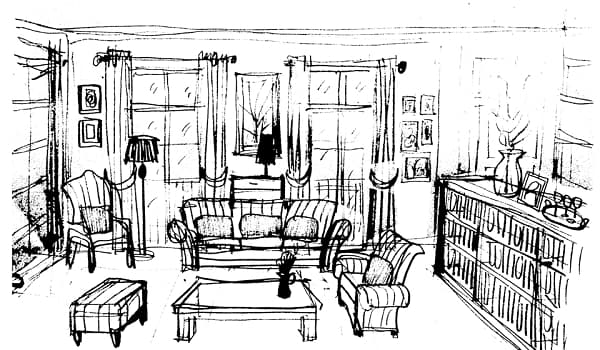
With this write-up, we have learnt in detail about the six basic home decor principles, and how to apply them. Next time you get to decorate a room, you will make better connections among the various home décor accessories. And your room’s final outlook will be more harmonious.
We would love to hear your ideas on home décor principles. Do share them in the comments section.



